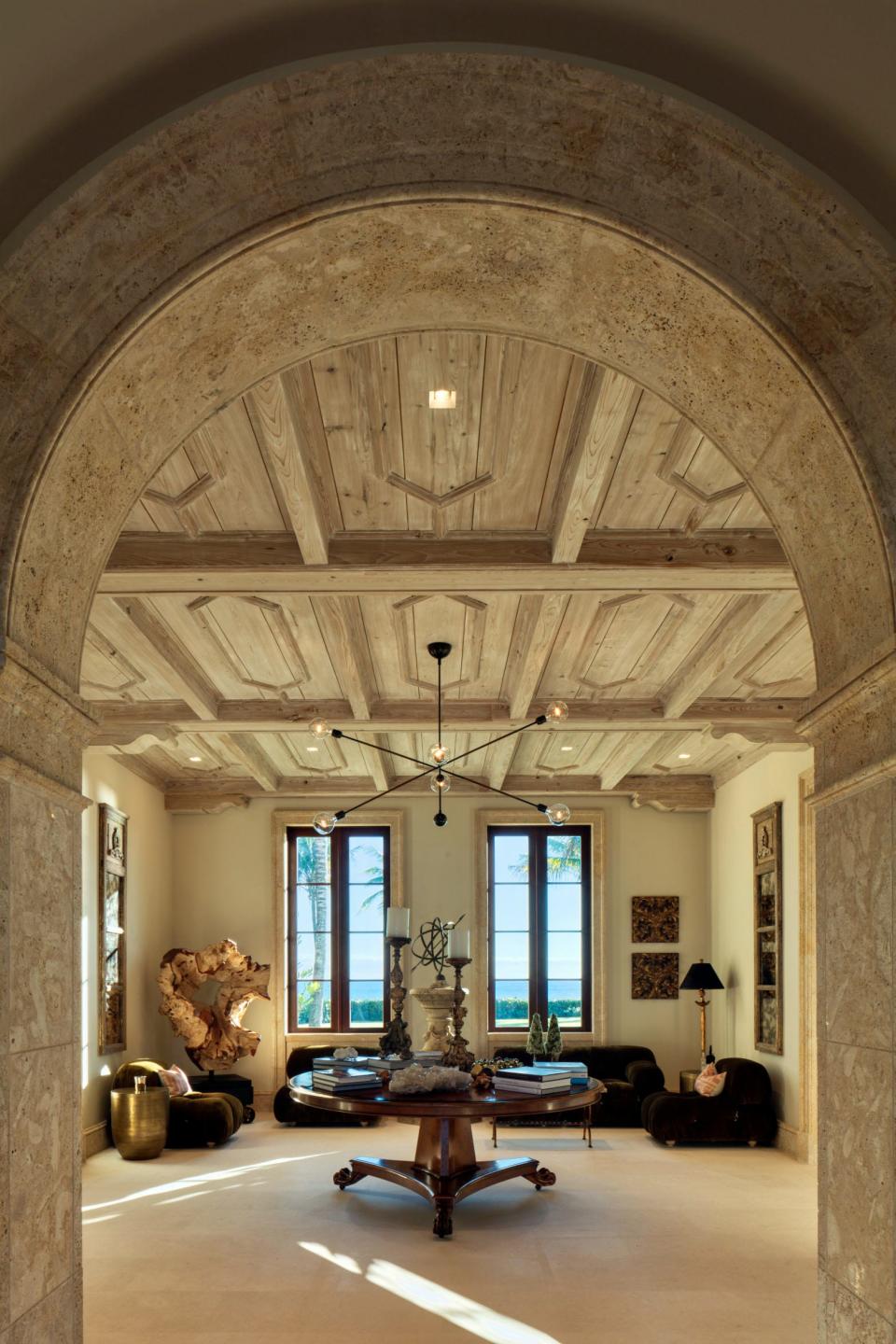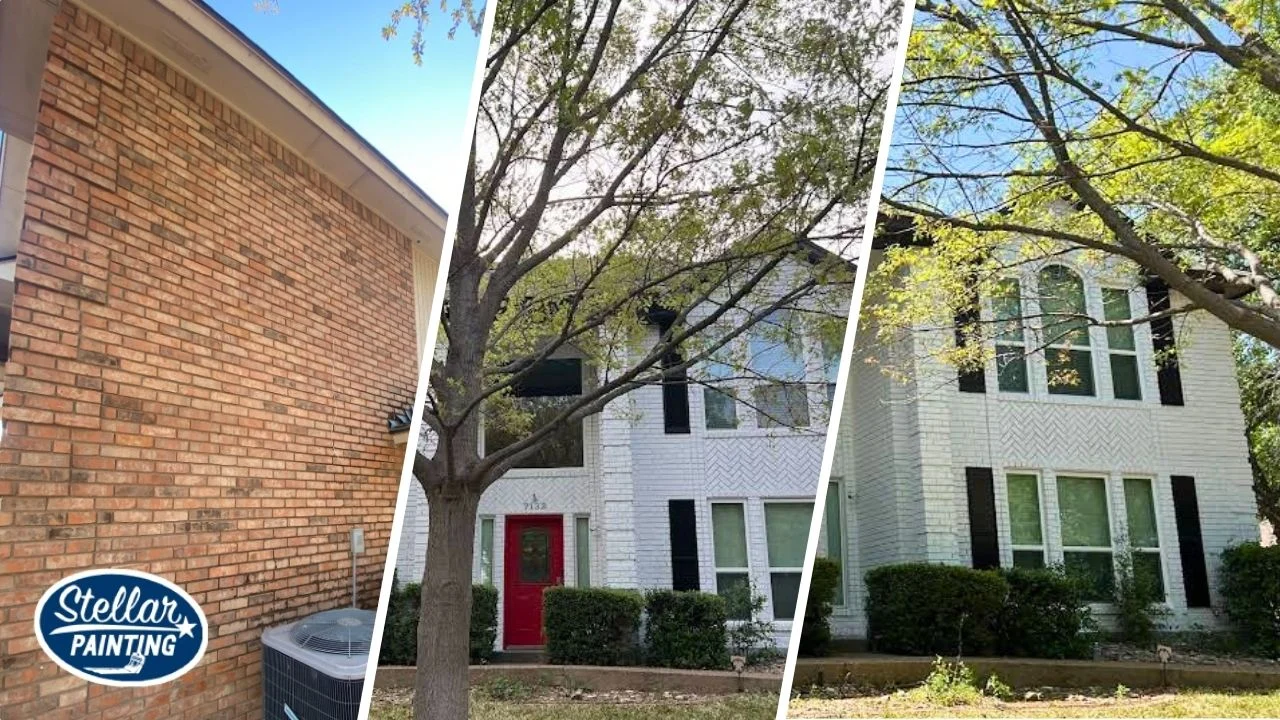If you’ve been reading my columns for a while, you may know I try not to shy away from new projects because most of them, even at their very worst, provide learning opportunities.
But every once in a while, I have a project I want to do that I know, deep down in my heart, would teach me a lesson I don’t want to learn — a lesson on limits.
These projects tend to gnaw away at my psyche as I research them intently, only to eventually abandon them altogether. Perhaps the most prolific of these — my white whale of sorts — is painting my front room with limewash.
A natural paint made only with mineral lime, water and pigment, limewash is traditionally used on exteriors. However, it’s recently made a comeback in interiors, and for a good reason — the effect it creates is gorgeous. Instead of resulting in a solid block of color, like typical wall paint, limewash creates a dreamy, dimensional, ethereal look with its subtle cloudlike texture.
This wall covering, which dates back centuries, is not only beautiful and versatile, but also seemingly chock-full of benefits, only some of which include being “fire retardant, antiseptic, antifungal, odorless” and hypoallergenic, according to the National Park Service.
Sheesh, what’s not to love?
Unfortunately, as I learned, quite a lot. The paint is thin, and applying it comes with a learning curve. You cannot simply roll the paint on, as you would with typical latex wall paint — to achieve that mottled look; you must paint multiple coats on with a brush by hand.
It’s also rather cost-prohibitive. Among the brands I had considered, a gallon cost around $100, and most limewash paint boasts far less coverage (I usually see ranges around 150 to 300 square feet) than typical latex paint (around 400 square feet). Most brands also recommend using a special primer. Between material costs, shipping and taxes, I was looking at spending more than $500 for my front room.
And sure, $500 isn’t really all that much for a project that will completely transform the look of a room. And, yes, it sounds like a lot of work, but once you’re done, the return on enjoyment (what I like to call ROE), in theory, makes it a no-brainer.
That all would be true if cleaning limewash walls wasn’t a nearly impossible task. With low durability, limewash can only be very gently spot-cleaned. For larger flaws, most paint manufacturers recommend, wait for it — simply painting over it. Some companies sell sealants, but after further research, I worried they’d change the look and take away from the unique matte effect.
Now that I have a toddler who exclusively runs everywhere and has access to crayons, you can imagine why I’d be hesitant.
Despite all the drawbacks, I’ve still tried to make it work. I’ve tested a cheaper gallon of limewash paint from Romabio, which is available at Home Depot but has limited color options and is designed for both indoor and outdoor use. The color was so translucent I could hardly find where I had painted it on the wall when it dried.
I’ve ordered samples of more expensive interior limewash, only to abandon the idea when I thought about all the work and money it would take.
I’ve even tried to DIY my way around the problem, watching hours of tutorials on duping the look with latex paint in different colors to create dimension, but it seemed just as labor-intensive with an added element of uncertainty. At my most ambitious (or deranged) point, I even tried to make my own limewash paint with hydrated lime powder, pigment and water. When I painted it on, the pigment disappeared, and it dried into a chalky finish that flaked off with one touch. (I later learned that DIY limewash works best when you let the lime and water sit for at least a few weeks.)

Ironically, as I’ve worried about the amount of time that limewash would take to apply, I’ve spent at least that long researching it. After I failed at making my own limewash, I decided once and for all that I would put the idea to rest to preserve what was left of my sanity.
The promising news is that every time I’ve dug into this idea again — even while writing this article — I find new brands that have come online. Perhaps in time, more options will become available for the time-constrained working moms on a budget. And maybe someday, when I’m sure we’re in a home we won’t outgrow, and the constant threat of children splattering stains across the walls has subsided, it will be worth the time and financial investment.
OK, so maybe the idea is not fully at rest. But until the stars align, I’ll do my best to resist the gravitational pull limewash paint has over me and live my life.
Email your questions to Theresa “Tess” Bennett at [email protected].
Home With Tess: Small household habits add up in big ways
Home With Tess: Balancing beauty and function with a baby in tow
This article originally appeared on Akron Beacon Journal: The one home project this DIYer won’t do | Home With Tess









